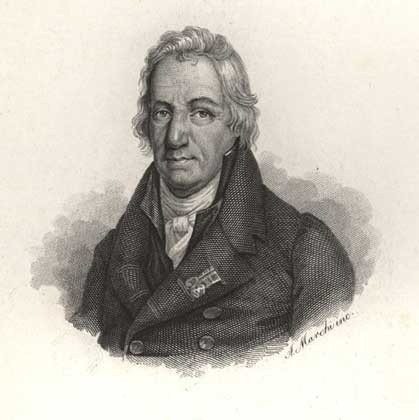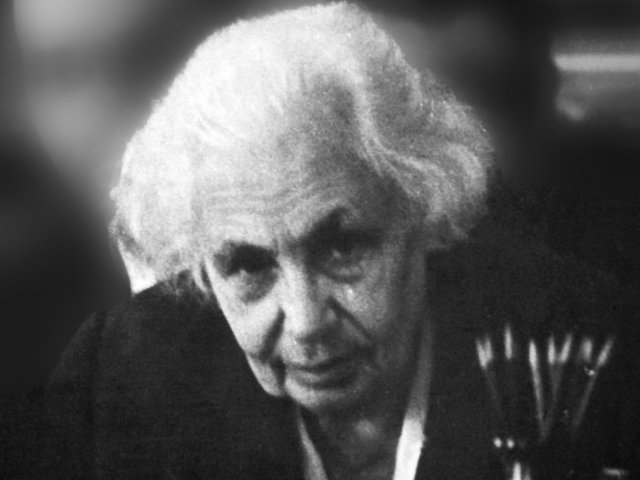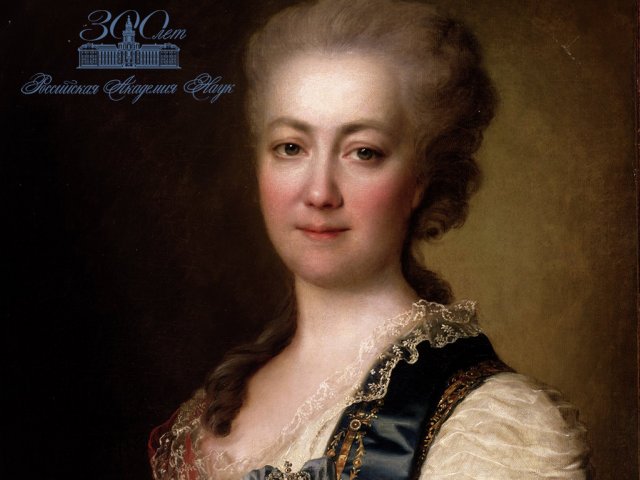Official:
Claude Louis Berthollet. December 9, 1748 – November 6, 1822. French chemist famous for the salt he created.
Life and Work:
1. He was the first to use chlorine to whiten paper and fabric, he discovered hypochlorites of alkaline metals, he determined the composition of ammonia, hydrogen sulfide, hydrocyanic acid and marsh gas. However, we mostly know Berthollet for the chemical compound named Berthollet’s salt in his honor.
2. When Berthollet was born, his homeland province of Savoy was part of the Kingdom of Sardinia. The future chemist was born in the town of Talloires on the shores of the Annecy Lake in the Alps foothills. Both his father, grandfather and great-grandfather were notaries.
3. Berthollet did not follow in the family tradition. He chose medicine and went to the University of Turin.
4. The clever young man quickly became the favorite of many professors and he mastered medicine in 4 years. Upon graduation he began to work at a drugstore where he got interested in chemistry and decided to devote his life to it.
5. Berthollet moved to Paris, he studied chemistry at the university, worked as a physician for the Duke of Orleans and got acquainted with Antoine Lavoisier (to the pleasure of both and benefit to chemistry). Together they developed the chemical nomenclature.
6. Berthollet’s publications quickly gained fame and as early as in 1780 he was elected member of the Paris Academy of Sciences. Later on, during the French Revolution, he was appointed professor of ENS and Polytechnical School in Paris.
7. Berthollet’s administrative career was also a success. He held the positions of the regent of the Faculty of Medicine of Paris University, government inspector of state dye works, Warden of the Mint.
8. Berthollet was very enthusiastic about the French Revolution and provided all possible scientific support to it. He took part in establishing plants producing explosives, including the famous Berthollet’s salt or potassium chlorate; however, he failed to use it in explosives production as it was highly sensitive. He was more successful with Berthollet’s silver fulminate as its excellent detonating properties made it indispensable in producing caps for cartridges and shells.
9. Berthollet established the production of bleach he created in the town of Javel near Paris. The product was branded Javel Water.
10. Berthollet followed Napoleon in his Egypt campaign. The famous order by Napoleon to place donkeys and scholars in the middle to protect them was referred to Berthollet and his colleagues.
11. The emperor gave lavish awards to Berthollet – he granted him the Order of the Legion of Honor, appointed him senator and gave him a count title. However, after the restoration of the Bourbons, Berthollet did not fall from grace. He even received the peer of France title from Louis XVIII.
12. Berthollet was engaged in a long debate with Joseph Proust on the changeable composition of compounds and chemical attraction forces. The debate resulted in Proust’s victory and the law of definite proportions was recognized by the scientific community. The revenge happened in the early 20th century with the discovery of a class of compounds that did not obey the law of definite proportions. These elements were called berthollides in Berthollet’s honor.
13. Tired of his public activity, Berthollet retired to his estate of Arcueil, however, he could not imagine his life without science: he established a laboratory there, compiled a large library and invited famous scientists. For 10 years the best minds of France, including Laplace, Humboldt, and Gay-Lussac regularly gathered there to discuss scientific issues. Academics throughout the world eagerly read and discussed The Memoires of the Arcueil Community.
14. Apart from the salt, the name of the great scientist is also given to the Brazil nut.






















